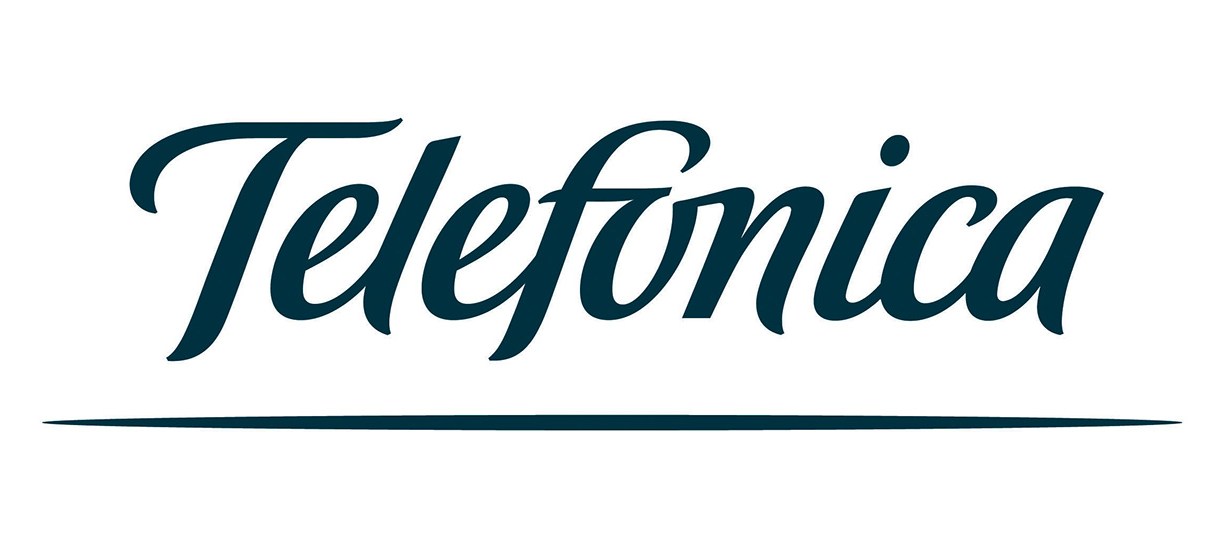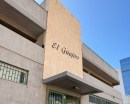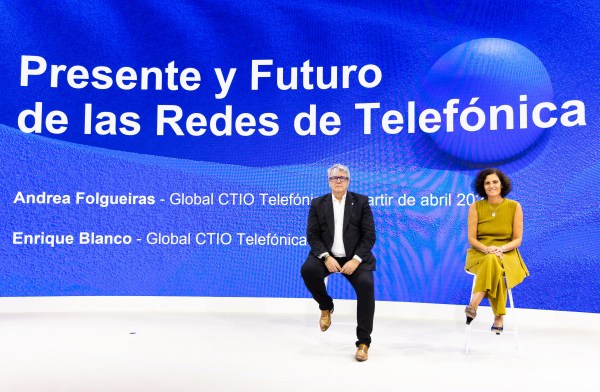Madrid, June 14th, 2018.- Telefónica, Huawei, and UPM (Universidad Politécnica de Madrid) have performed a groundbreaking field trial, the first one worldwide, demonstrating the application of quantum cryptography on commercial optical networks, and their operational integration by means of Software Defined Networking (SDN) technologies.
It is an advanced research pilot of secure communication services based on quantum technologies that Telefonica could provide to its customers in future. As Juan-Ignacio Cirac, distinguished physicist specialized in quantum computing and member of the Telefónica Board, says: “We can make a random bit sequence to appear at one place and simultaneously at another one, without making it pass in between. It is sort of magic, but something that Quantum Physics predicts. It is a way of exchanging secure keys that we have to make the most of, since it cannot be hacked”.
All secure communications are based on the use of cryptography, so data are encrypted using a secure key in a way that only those knowing that key can decrypt the messages exchanged among them. Current cryptographic techniques for key generation are based on highly complex mathematical problems, that require long calculations to be resolved. As computational capacity grows, the time required to solve these problems becomes shorter, reducing the security of the keys.
The continuous growth in computational capacity has required a steady increase in key sizes and the complexity of key generation algorithms. And these techniques can become completely futile with the advent of quantum computers, able to apply the principles of Quantum Mechanics to resolve problems considered unsolvable so far, including breaking the keys used by current methods, thus rendering most of our security infrastructure useless.
As Diego R. Lopez, Head of Technology Exploration & Standards in Telefónica’s Global CTIO Unit, states: “We have been working to develop a field trial that demonstrates the provision of secure communication services based on QKD (Quantum Key Distribution) using a commercial SDN-managed optical network infrastructure”.
Quantum technologies themselves provide a solution to this vulnerability of current cryptographic key generation methods. Quantum principles can be applied to exchange a key between the two ends of a communications link, so that this key remains secure with respect to any attack, and any attack attempt becomes detectable. This technique, known as Quantum Key Distribution (QKD), not only provides protection against the threat posed by quantum computation to current cryptographic algorithms, but it can also provide a much higher security level for any exchange of data. However, QKD requires a high-quality optical fiber physical infrastructure, and Telefónica is very well positioned to provide services based on this technology.
María Antonia Crespo, Director of Transport and IP Connectivity in Telefónica Spain remarks: “Telefónica Spain’s optical network, in combination with our high-capacity photonic transmission systems, offer the required performance to provide secure channels based on quantum communication. This enhanced security is a key enabler for next generation networks, flexible, virtualized and software-defined”.
Up to now, QKD feasibility was demonstrated in laboratories and restricted field trials (as the one Telefónica and UPM performed back in 2009, demonstrating quantum key exchange over a fiber metro ring), but the actual deployment on commercial infrastructures and the integration with their operational procedures was still a pending issue. The installation in production facilities and using standard telecommunication systems is a first of its kind demonstration, which shows the capacity of the technology to reach real-world level of usability.
“The ability to use new network technologies like SDN, designed to increase the flexibility of the network, together with new QKD technology is what allows us to really converge quantum and classical networks on the existing optical fiber infrastructure. Now we have, for the first time, the capability to deploy quantum communications in an incremental way, avoiding large upfront costs, and using the same infrastructure”, remarks Vicente Martin, Head of the Center for Computational Simulation who leads the team at UPM.
The field trial relies on a novel “Continuous Variables” (CV) QKD technology. A particular feature of the tested devices is that they are flexible, software-controlled ones. The systems are optimally adapted to a seamless integration in the dynamical environment of SDN and Network Function Virtualization (NFV) networks, where the creation and modification of the optical fiber paths and required encryption, follows commands received over software-based control interfaces. The latter functionality is ensured by integrating the CV-QKD devices with standard Optical Transport Network ones. The full scale QKD and SDN-NFV integration opens the way of providing high level security of novel flexible but critical infrastructures.
Momtchil Peev, Huawei Project Leader of the Quantum Communication Project in Munich observes: “The test CV-QKD devices that we present here have the inherent CV advantages: they do not need (ultra) low-temperature (bulky) Single Photon Avalanche Detectors and can (potentially) reuse classical optical coherent communication technology. Moreover instead of addressing performance records alone we have chosen a flexible design focusing on control and key delivery interfaces, showing the feasibility of more seamless future integration into modern networks”.
The field trial employs the optical infrastructure provided by Telefónica Spain, connecting three different sites within the Madrid metropolitan area where software-controlled CV-QKD devices, developed by the Huawei Research Lab in Munich in collaboration with UPM are installed, together with SDN-based management modules developed by Telefónica’s
GCTIO Network Innovation team and the components required to integrate QKD with NFV and SDN technologies developed by UPM. The combination of all these elements made possible the demonstration of the use of QKD techniques in a real production environment, combining classical data and quantum key transmission on the same fiber, and shows how these services can be managed and used by different applications.
—
About Telefónica
Telefónica is one of the largest telecommunications companies in the world by market capitalization and number of customers with a comprehensive offering and quality of connectivity that is delivered over world class fixed, mobile and broadband networks. As a growing company it prides itself on providing a differential experience based both on its corporate values and a public position that defends customer interests.
The company has a significant presence in 17 countries and almost 350 million accesses around the world. Telefónica has a strong presence in Spain, Europe and Latin America, where the company focuses an important part of its growth strategy.
Telefónica is a 100% listed company, with more than 1.5 million direct shareholders. Its shares are traded on the Spanish Stock Market and on those in London, New York, Lima, and Buenos Aires.
About Huawei
Huawei is a leading global provider of information and communications technology (ICT) infrastructure and smart devices. With integrated solutions across four key domains – telecom networks, IT, smart devices, and cloud services – we are committed to bringing digital to every person, home and organization for a fully connected, intelligent world.
Huawei’s end-to-end portfolio of products, solutions and services are both competitive and secure. Through open collaboration with ecosystem partners, we create lasting value for our customers, working to empower people, enrich home life, and inspire innovation in organizations of all shapes and sizes.
At Huawei, innovation focuses on customer needs. We invest heavily in basic research, concentrating on technological breakthroughs that drive the world forward. We have more than 180,000 employees, and we operate in more than 170 countries and regions. Founded in 1987, Huawei is a private company fully owned by its employees.
For more information, please visit Huawei online at www.huawei.com or follow us on:
http://www.linkedin.com/company/Huawei
http://www.facebook.com/Huawei
About the UPM
The Research Group in Quantum information and Computing of the Escuela Técnica Superior de Ingenieros Informáticos de la Universidad Politécnica de Madrid belongs to the Center for Computational Simulation. CCS aggregates much of the Computational Sciences and Engineering activities in the UPM. It incorporates over 100 members, 52 of them permanent researchers from three Universities in Madrid. The Escuela Técnica Superior de Ingenieros Informáticos has over 1700 students and has been recognised as the best teaching institution in Computer Sciences in Spain by national and international rankings. Universidad Politécnica de Madrid is the largest Spanish technological university, with two recognitions as Campus of International Excellence, it is outstanding in its research activity together with its training of highly-qualified professionals, competitive at an international level. It is among the Spanish universities with the greatest research activity and first in the capture of external resources in a competitive regime. It has 35.000 students and grants about 200 degrees in all branches of engineering.











